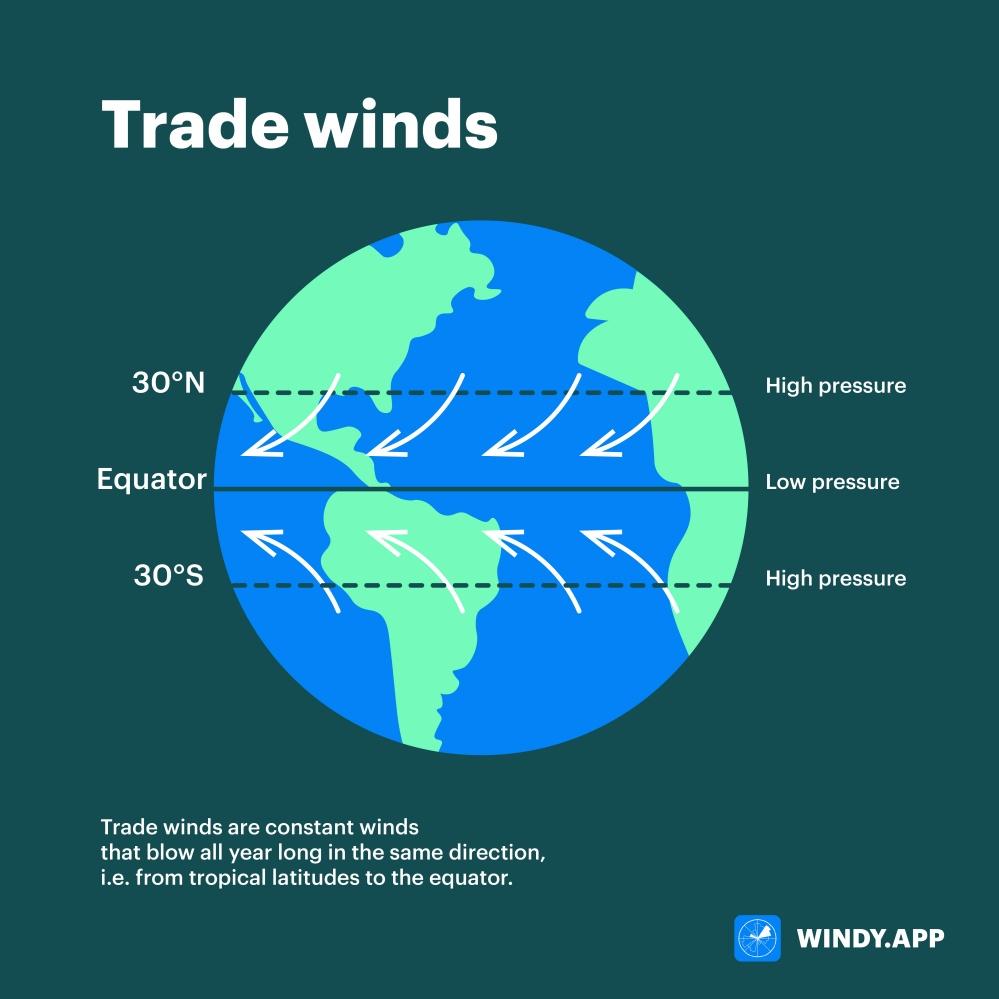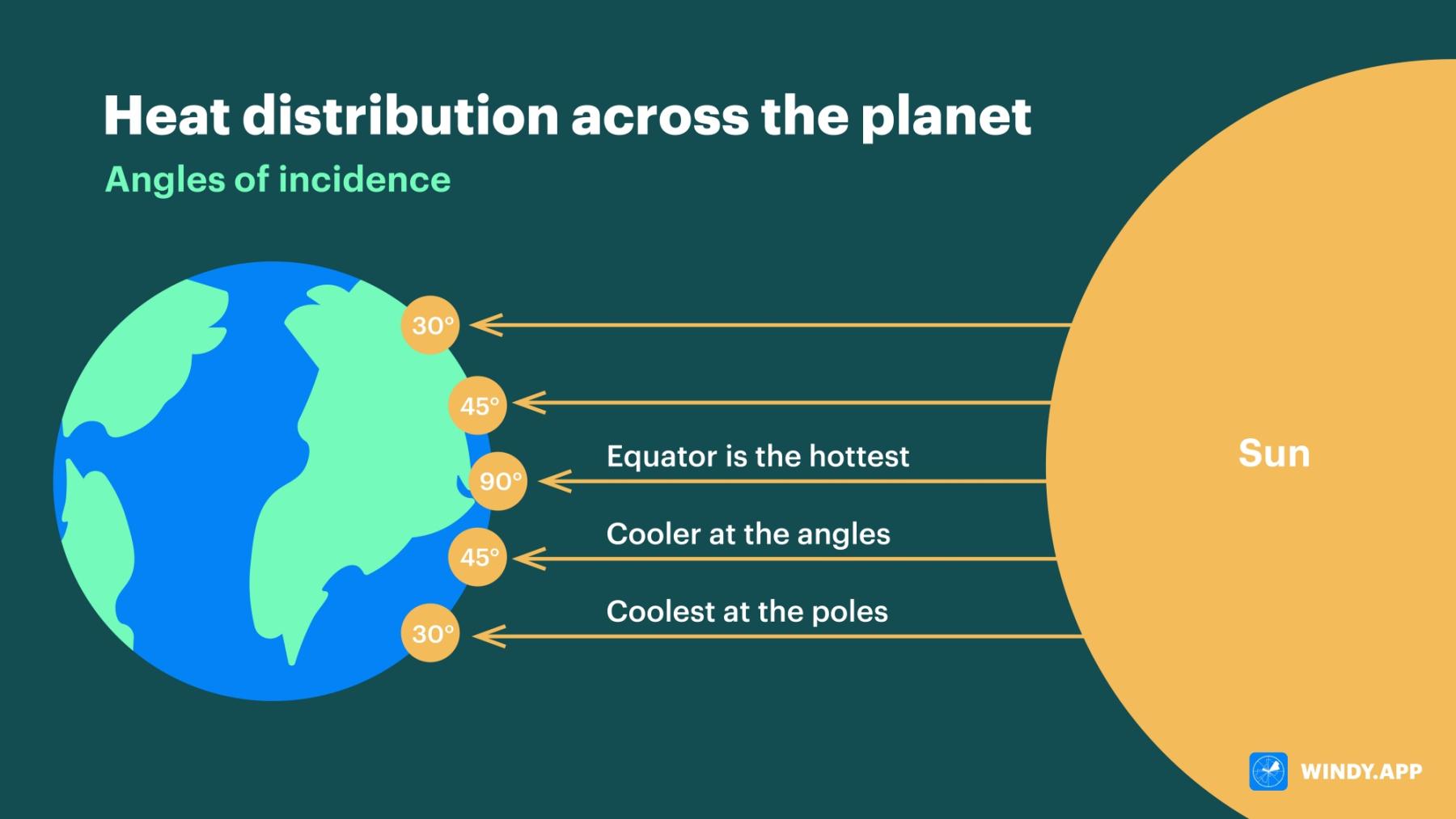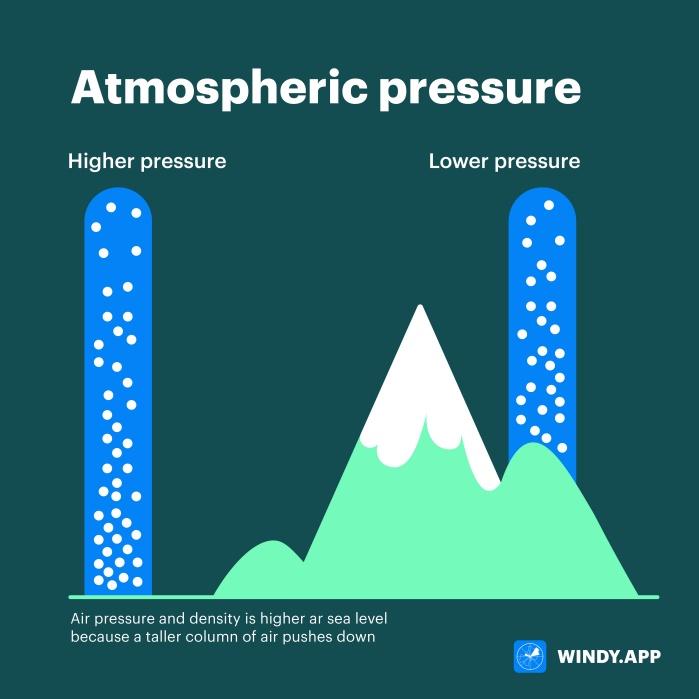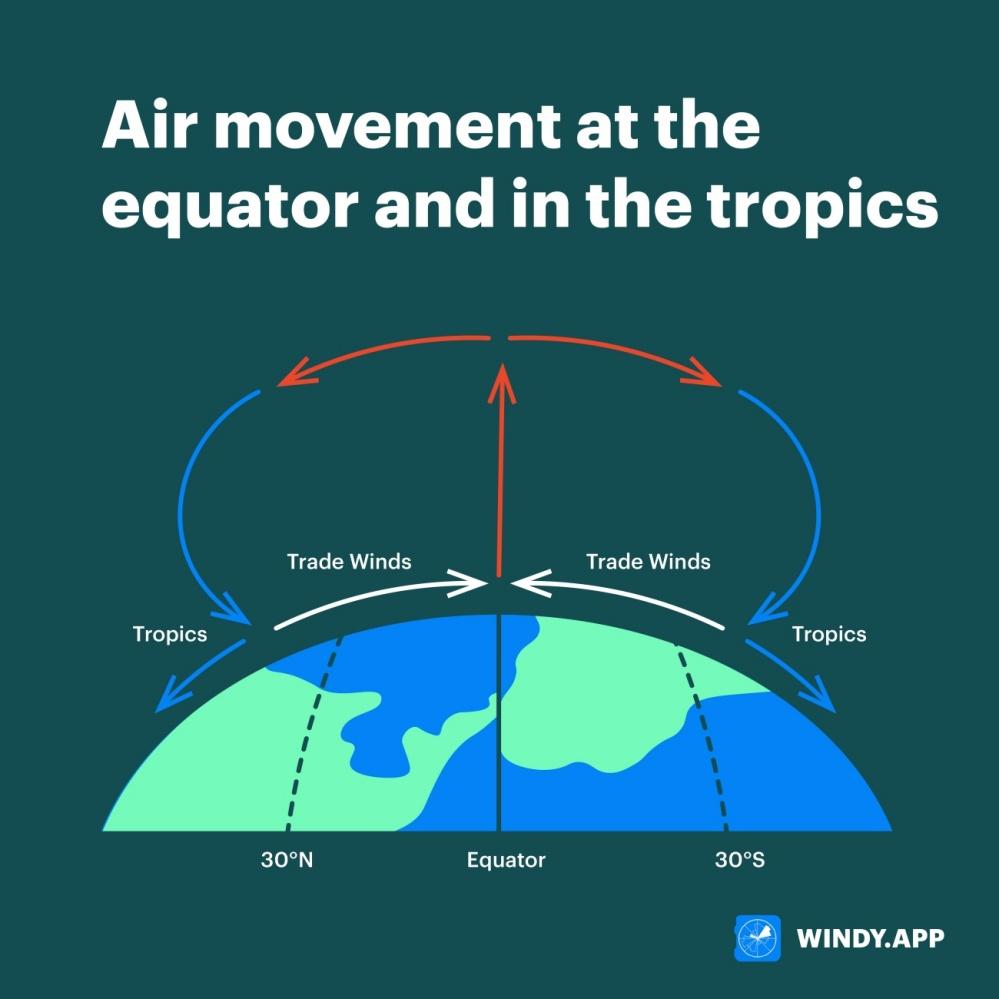
Trade winds
Trade winds — constant winds that blow in the same direction all year round, namely from tropical latitudes to the equator. In the era of the sailing fleet, the trade winds greatly simplified the movement of ships going from Europe to the New World. In this new lesson of the Windy.app Meteorological Textbook (WMT) and newsletter for better weather forecasting you will learn more about trade winds.

Trade winds. Illustration: Valerya Milovanova / Windy.app
The term comes from the early 14th-century word “trade” that meant “path” or “track”.
Due to their constancy and strength trade winds greatly simplified the movement of ships coming from Europe to the New World in the Age of Sail.
Why do trade winds maintain their direction throughout the year?
Let’s recall how heat is distributed across our planet. The Earth receives heat from the sun’s rays. The closer the angle of incidence of the sun’s rays is to the right angle, the warmer the Earth gets.
Rays fall at right angles on the equator, but at the poles, they go tangentially. Therefore, during the year, the equator receives more heat, and the area of the equator is the warmest on our planet.

Heat distribution across the planet. Illustration: Valerya Milovanova / Windy.app
The heated surface heats up the air as well. When it heats up, it expands, becomes less dense and therefore lighter, and goes up. While warmer (and therefore lighter) air is surrounded by colder (heavier) air, it has the ability to rise. This process is called convection.
Now we have to recall what atmospheric pressure is.
Atmospheric pressure is the force with which air presses on a point or surface. In other words, it is the weight of the ’atmospheric column’ that is the weight of the entire atmosphere, from its upper boundary to the surface.

Kinds of air presses. Illustration: Valerya Milovanova / Windy.app
Important! Weight is a force, not to be confused with mass. The weight of an object can change even if its mass does not change.
For example, the weight of your hand on the scale without additional pressure will be different from the weight of your hand if you put additional pressure on the scale, although the mass of the hand is the same in both cases. The same goes for the atmosphere — the weight, i.e. air pressure on the surface, depends not only on its mass.
Yes, when we are climbing a mountain, the total number of air molecules above us decreases (and thus the air mass above us), and therefore the pressure in the mountains is less than at the foot of the mountains.
But the pressure is also affected by air movements in the atmosphere. If the airflow is directed from top to bottom, it additionally pressures the surface and the pressure is high, if there are no vertical movements, the pressure depends only on the air mass, and if the air rises, the pressure on the surface will decrease.
Let’s return to the heated surface at the equator: upward movements of air above the equator (convection) lead to a decrease in pressure there. Therefore, a low-pressure area forms at the equator.
Rising air at the height of about 10-15 km spreads out from the equator towards the poles. As it moves, this air loses its energy and descends in the tropics. As it descends, the air puts additional pressure on the surface. The downward movement of the air forms an area of high pressure in the tropics.

Air movement at the equator and in the tropics. Illustration: Valerya Milovanova / Windy.app
The last thing we have to recall is that the wind always blows from high to low pressure areas. This means that the wind is directed from the tropics towards the equator all year round. On a non-rotating planet, trade winds would be directed strictly from high to low pressure areas. But on the Earth, their trajectory is influenced by the Coriolis force, so they twist a little clockwise in the Northern Hemisphere and counterclockwise in the Southern.
They meet around the equator. The convergence zone of trade winds is called the Intertropical Convergence Zone (ITCZ, you may have seen the abbreviation).
What happens in this zone? Winds are constantly colliding there, which means that there is always a “surplus” of air that is displaced upwards.
Remember us saying that the rise of air at the equator is caused by heating? It turns out that there is an accompanying mechanism of vertical movements at the equator: when trade winds collide, a “surplus” of air is formed and displaced upwards.
The air rises and as a result, the pressure at the equator drops. Rising air at the equator often results in cloudy weather and heavy rains.
Text: Windy.app team
Illustrations: Valerya Milovanova, an illustrator with a degree from the British Higher School of Art an Design (BHSAD) of Universal University
Cover photo: Unsplash
You will also find useful
Latest News
Professional Weather App
Get a detailed online 10 day weather forecast, live worldwide wind map and local weather reports from the most accurate weather models.
Compare spot conditions, ask locals in the app chat, discover meteo lessons, and share your experience in our Windy.app Community.
Be sure with Windy.app.



